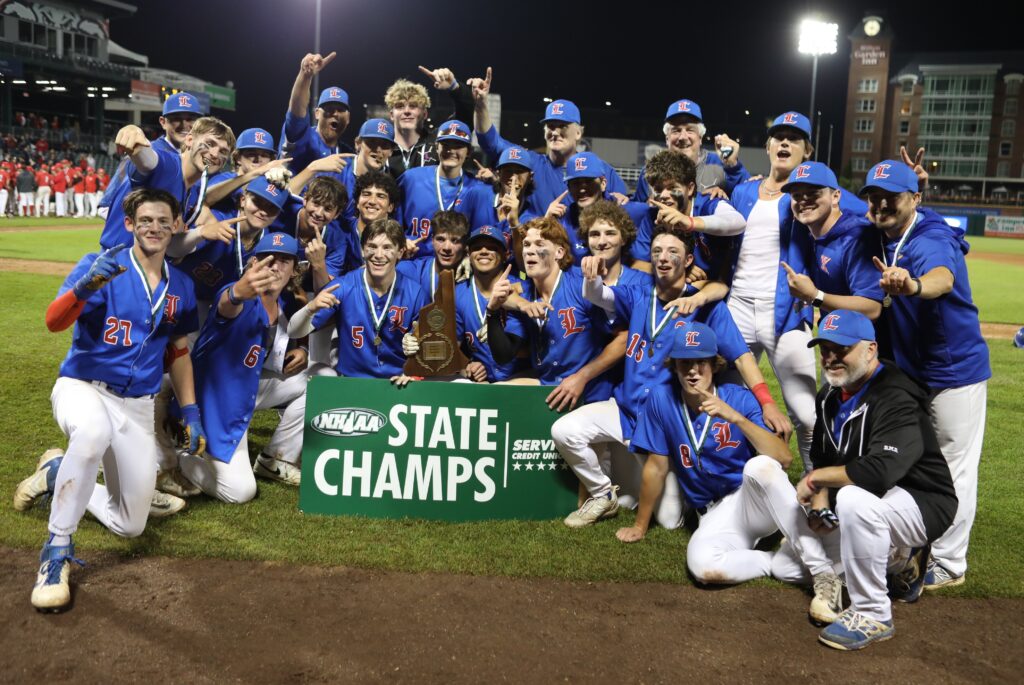A student is slumped down in her chair, the hypnotic drone of a teacher lulling her brain to exhaustion. As her attention drifts away from finding the causes of the American Civil War, she reaches slowly under her desk. In her palm lies the one vice to satisfy her prolonged fatigue, the only thing that cradles her brain into relaxation after strenuous hours of work.
As she taps into the app, she feels her worries dissipate as the brightly-colored loading screen illuminates her eyes. She allows her mind to switch into passive mode as she swipes and clicks through her phone.
This is an example of an experience many students have grown familiar with. Succumbing to the mind-numbing game that has swept the LHS nation by storm, “Watermelon.”
Have you ever wondered if your screen time could be affected by different fruits stacking upon each other, or how crossing a dotted line at the top of your screen feels like the world is going to end?
“Watermelon,” overall a very simple puzzle game at the start, becomes complex as you advance. The game begins with seeing your friends being drawn into their phones walking halfway in the hallway and never picking up their heads. Time passes as you start matching fruits with their fruits, and trying to make different fruits to get to the watermelon.
When people play this game they often think that two pineapples equal a coconut, and two coconuts equal a pineapple. When players cross the line that shall not be crossed by piling their fruit too high, they wish that they could have gotten the other coconut.
Most students have heard of the watermelon game, the first introduction starting on several popular live streams on YouTube, from which the game’s relevance blossomed rapidly. Following this upsurgence, word spread to social media apps, friend groups, and even our own school. This game has been shown to consume the attention of countless students. From these influenced students, an uprising of “Watermelon” peer pressure emerged.

“This game eats, literally,” Johnson said.
“Watermelon” peer pressure describes the pressure students feel when their friends inform them of the “Watermelon” game. Think back, have you ever found yourself in a situation where one of your peers is begging you to play the “Watermelon” game? Turns out, most students at LHS would answer yes. When a teen suggests a game that offers relief from work and a satisfying color palette to stare at, the pressured teen finds it impossible to resist. Of the approximate of ten we asked, around 80 percent said they started playing the watermelon game after a friend suggested it.
This game holds many secrets that many can not figure out. People often wonder why they cannot figure out the answers! People often wonder if they should stack all coordinating fruits on top of each other to advance their fruits, or try to combine fruits to increase their chances to make a watermelon. Yet again everyone wants watermelon.
I spend at least an hour on the “Watermelon” game every day, but others would say that is nothing.
This game is great since often students can play these games in class because it can be considered educational. I mean, you do need to know how to combine certain fruits, it’s educational! Although this game is fun and entertaining, become aware of the effects of overplaying it. Too much of anything can be harmful, and several students become intensely dependent on its presence. Some signs of an addict include eye bags, constant tapping, a distaste for hard tasks, an increase in screen time, and a fixation on large red and green fruits. Have fun, but be careful!
“Watermelon,” was originally released in October of 2021 only in Japan. In late October of 2023, “Watermelon” was released to cause light distractions and “

be able to draw” people into their phones. Lazycell released this game in October of 2023, before the first version was released in Japan, and many changes and updates have been made.
























no
Nov 24, 2024 at 4:17 pm
“more like pear pressure”